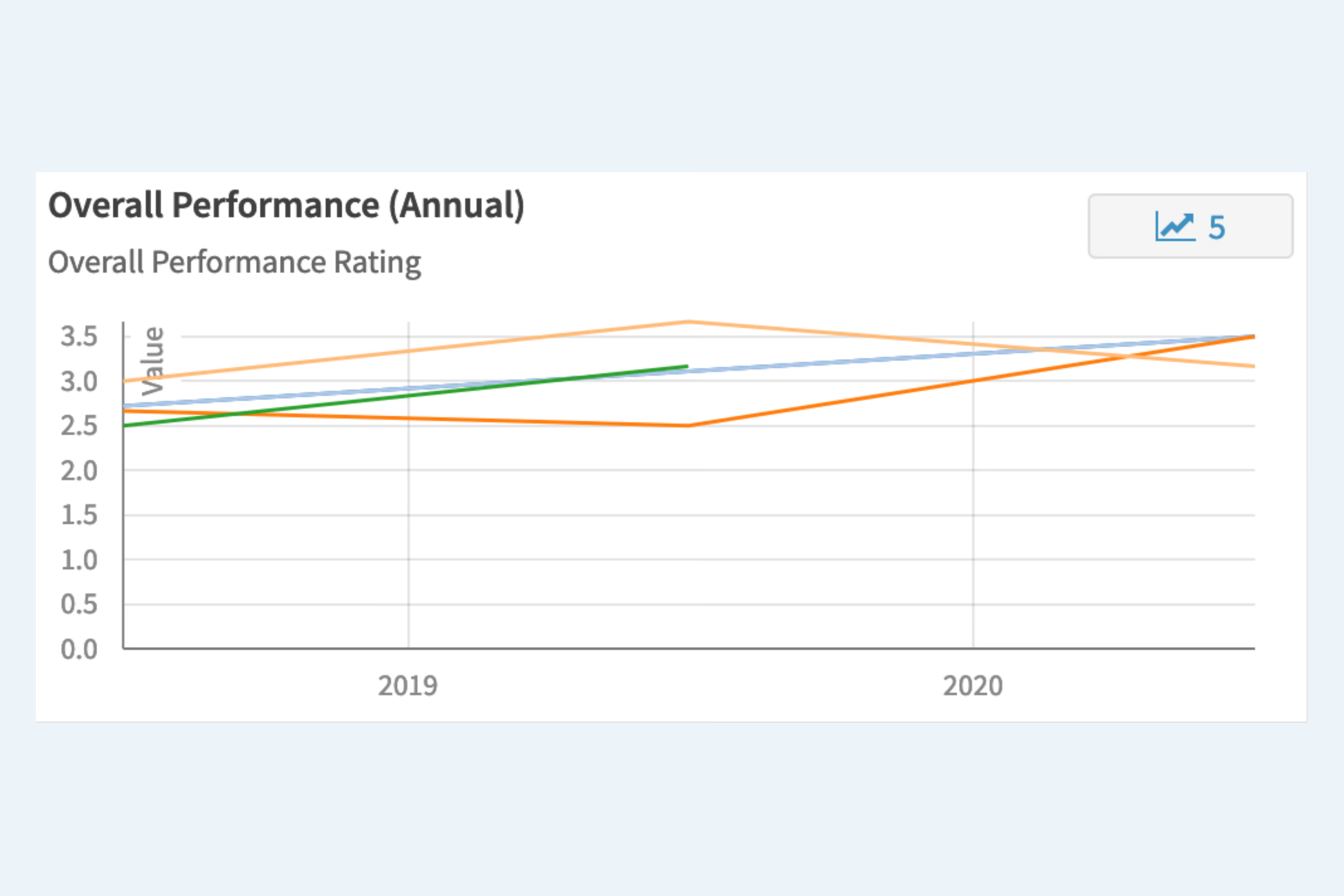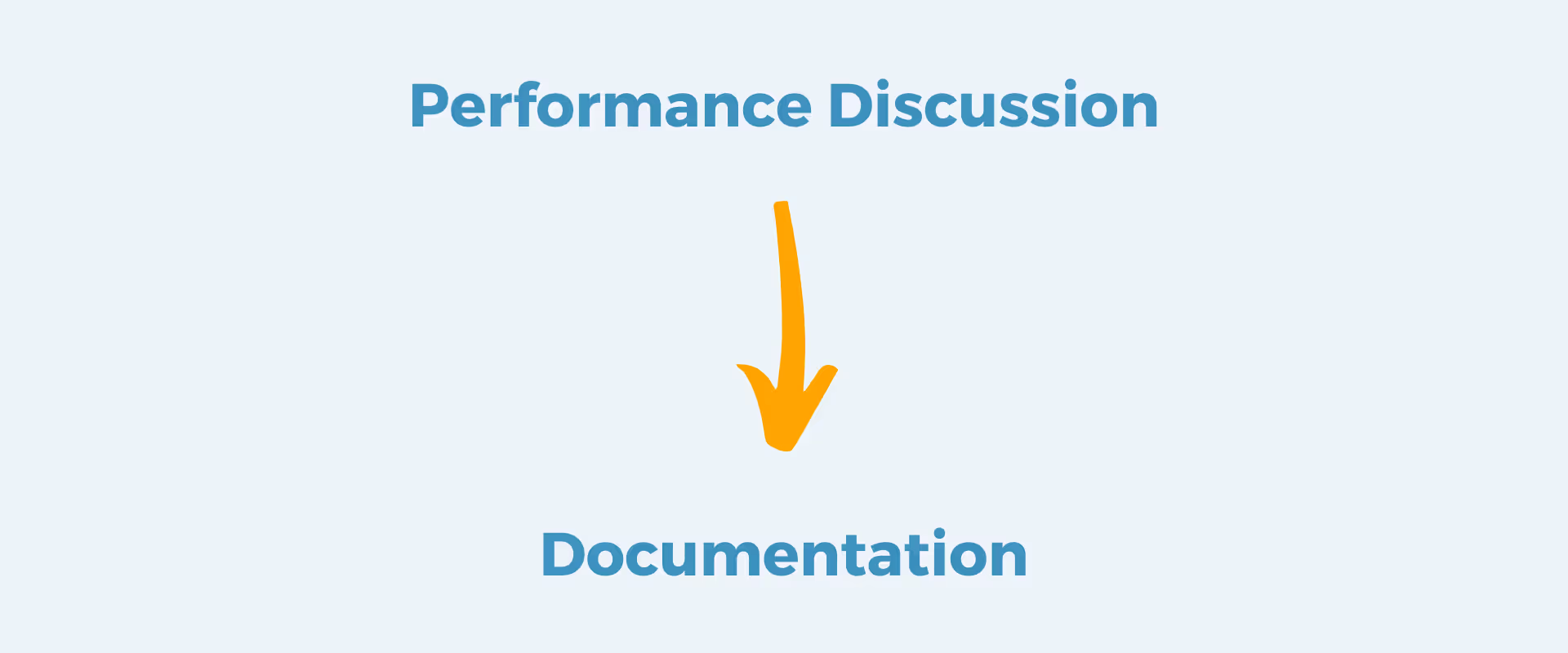How to Document Employee Performance: A Guide for Salaried Professionals
To many people, the phrase “documenting employee performance” is synonymous with write-up forms, pink slips, and strikes. But documentation for salaried professionals is going to look a lot different than it does for hourly employees working at a local business.
So how do you document employee performance when your workers are white-collar professionals?
The solution isn’t going to be a write-up form for being late.
In this article, we’re sharing tips and best practices for documenting the performance of salaried professionals.
1. Why Document Employee Performance
Documenting employee performance isn’t about raising good or poor performance with the employee—it’s about putting it down on paper.
Documentation is important for a variety of reasons, especially from an employee development and risk management perspective.
Employee Development
Documentation is often grouped with negative feedback, but managers should be documenting both positive and constructive feedback. Documenting employee performance helps employees and managers understand what an employee is doing well and where they can improve.
Because documentation is chronological, managers are able to gather data and insights about how an employee's performance has changed over time. Managers can then use this data to make crucial decisions around promotions, discipline, salary increases, or termination.

Managers may choose to allow their direct reports to access documentation. This helps both parties keep track of conversations that have taken place and refer to them when necessary.
Risk Management
In the event of discipline, termination, or even a lawsuit, documentation offers proof for an organization’s actions.
The more detailed the documentation is, the more helpful it will be in providing evidence. Thorough documentation should provide a record of agreements, goals, and timelines that have been communicated and agreed upon by both the employee and their manager.
2. When to Document Employee Performance
In addition to structured reviews (think: annual check-ins, quarterly conversations, semi-annual reviews, etc.), documentation should be incorporated into any process of ongoing feedback.
Any time performance is discussed, it should be documented. And it’s helpful to document as soon as possible, rather than waiting until later.

The more time that passes after a conversation, the fuzzier the details get. Documenting performance immediately after it’s discussed will help you provide specific details, rather than writing down broad themes from the conversation or relying on your memory.
3. How to Document Employee Performance
It’s not necessary to have a formal, standardized form for performance documentation.
In fact, it’s not even always necessary to share formal documentation with employees. Documentation may be as simple as a manager summarizing a conversation after it takes place.
Managers should try to avoid opinions when documenting. Documentation should be factual, detailed, and complete so that anybody referring to it can easily understand what was discussed.
4. What to Include in Every Performance Documentation
Performance documentation doesn’t need to be complicated. It should be simple and typically only needs a few things:
- The date the conversation took place or feedback was provided
- A summary of the facts that were discussed regarding the employee’s performance
- Signatures or acknowledgements from everyone that was involved (in the case of formal reviews)
The points listed above are the basis for performance documentation. Managers should provide as much detail or information as necessary to inform future discussions and evaluations.
5. How to Manage the Performance Documentation Process
Today’s technology options offer flexibility and simplicity for managing the employee performance documentation process.
Performance management software allows organizations to facilitate continuous feedback for any review process and store it all in one place.
By using performance management software, managers can document both positive and constructive feedback as it comes up, rather than waiting until a formal review to discuss.
Documenting employee performance is a key component of continuous feedback and effective performance management. And documentation shouldn’t only matter in the case of discipline or termination—it should be an ongoing process.
The key takeaway: Every time performance is discussed, it should be documented (even when it doesn’t involve pink slips or strikes).

.jpg)

.jpg)
